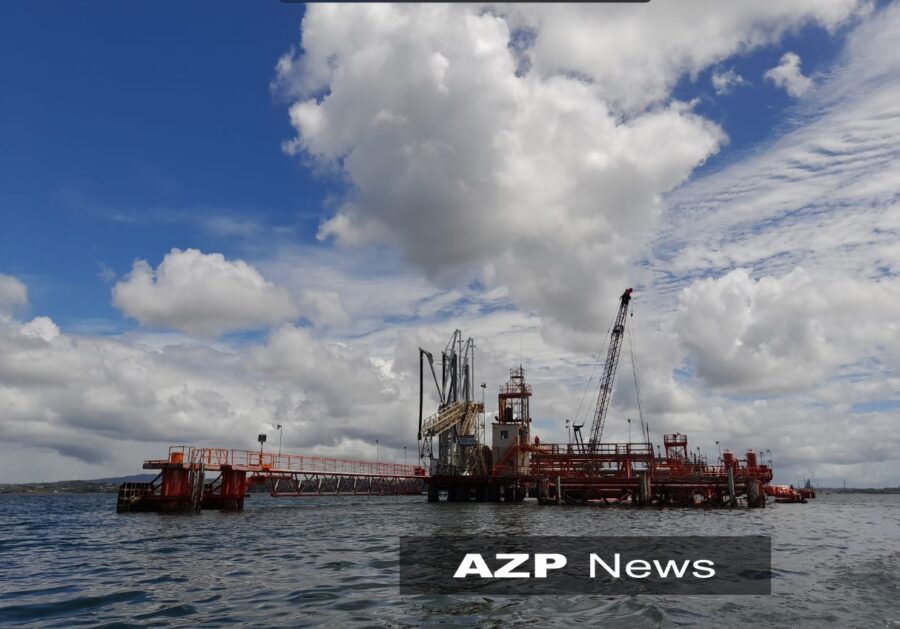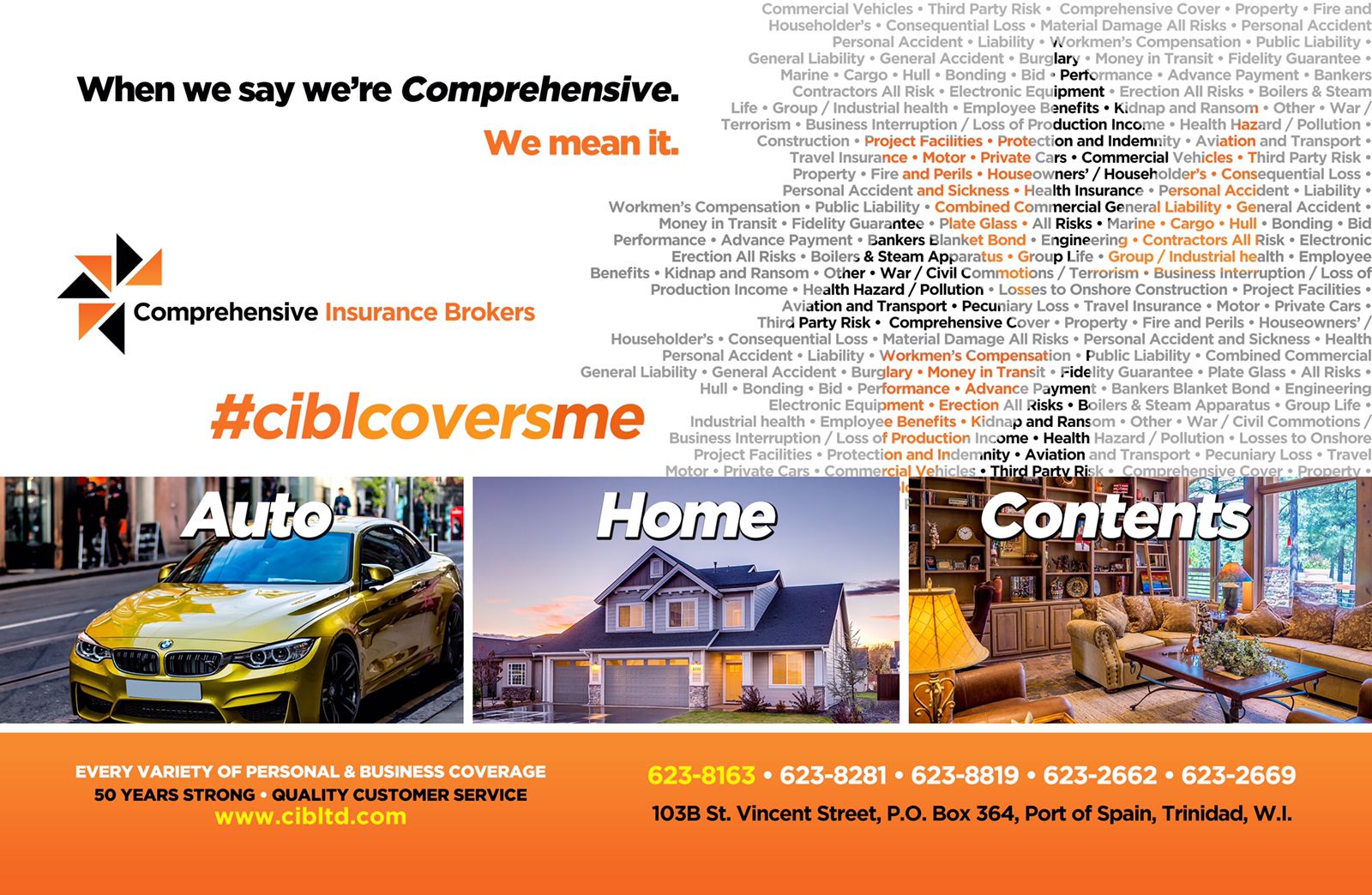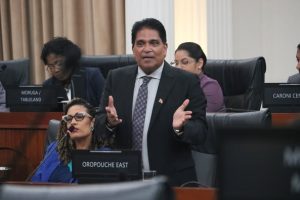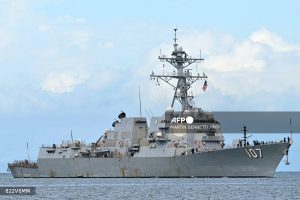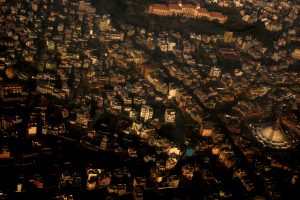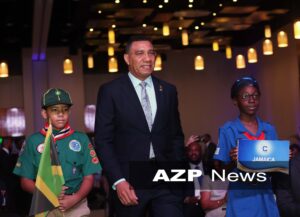By Sue-Ann Wayow
THE underwater pipeline connecting Berths #5 and #6 belonging to the Paria Fuel Trading Company Ltd may not be completely straight.
This was a revelation coming out of the Commission of Enquiry (CoE) into the deaths of the four underwater divers on Monday.
At the beginning of the proceedings, CoE’s chair Jerome Lynch, KC, said he learnt something for the first time from looking at a chart that was provided only on Monday morning by Paria at the Waterfront in Port of Spain.
He said, “Looking at the chart as best as I understand it with the help of Mr (Gregory) Wilson, my co-commissioner, it seems to me something of which I have learnt for the first time, in the months of preparation for this, is that the pipe that is under the seabed is not a straight line, apparently has kink in it… I could be completely wrong but it was kind of useful to know that at an earlier stage.”
Paria’s lead attorney Gilbert Peterson, SC, told Lynch, he only came across the plan over the weekend which he thought was helpful which was also why Lynch received it on Monday morning.

The description of the pipeline was also brought up with the witness and owner of LMCS Kazim Ali Sr.
LMCS was subcontracted by Paria to conduct maintenance works at the #36 Sealine Riser at Berth #6 which resulted in the deaths of four of its employees, Fyzal Kurban, Yusuf Henry, Kazim Ali Jr (Ali’s son) and Rishi Nagassar following an accident on February 25, 2022.
Using a whiteboard to illustrate the pipeline between berths #5 and #6, Lynch said everyone assumed that the pipeline was flat and asked Ali who would actually know.
Ali said Paria and that LMCS had received a drawing which showed, “it could be flat.”
Lynch said the level of pressure being pumped in from one end, depended on if the pipeline was flat.
Altering the pipeline with a marker to show one end deeper than the other, Lynch said if that was the case then the outcome would be different.
LMCS grilled by Paria
Peterson questioned Ali on his interpretation of information provided by Paria during the bidding process.
In Addendum 1 of Paria’s “Miscellaneous Repairs and Refurbishments Works at Berths #5 and 6 and Main Viaduct” a query was raised about the sea levels.
Ali explained that the queries would have been submitted by various bidders and Paria would have responded to their queries.
The addendum had to be signed and submitted with the technical tender submission.
Query number seven states, “What is the water depth at berths #5 and #6 and the storm moorings?”
Paria’s response was, “The water depth varies between approximately 60ft to 70ft.”
It was at this point that a back-and-forth began between Peterson and Ali.
Peterson asked Ali what did he understand by the response, to which Ali said storm moorings had nothing to do with the water depth at the berths.
Ali said storm moorings were placed at different points in the harbour and not close to the berths in question.
Lynch said that query could have been broken down into two questions: “What is the water depth at berths #5 and #6?” and “What is the water depth at the storm moorings?”
Noting that Paria did not specify where the depth was at the berths or the storm moorings, Lynch said a ten-foot difference would make a big difference in LMCS’s execution of the work and would also produce a different ullage.
The ullage was measured from the top of berth #6, Ali said.
Ali said he read the response to mean the water depth at the different storm moorings and not the water depth at berths #5 and #6.
Peterson asked, “Why you read it and restricted it only to the storm moorings and just don’t factor in berth #5 and berth #6 which were the berths you are concerned with?”
Ali replied, “Because I knew the water depth varied from the storm moorings from one to the other and (from berths #5 to #6) they were close enough so we expected it to be the same.”
Peterson further asked whether Paria was correct or not, Paria’s information to LMCS, based on the response was that the water depth was not equal at the berths as well as the storm moorings and that should have been factored in Ali’s interpretation.
“The information they were giving you at that point is that there is a difference in the seabed between 60 and 70 which is a ten-foot difference. Don’t you understand they are telling you there it is not flat?” the attorney asked Ali.
Ali responded, “If they understood it was not flat, they would have picked it up in my submissions.”
He then said, “I did not understand that. Maybe they were not clear enough.”
Peterson said that he could understand and if indeed Ali took into consideration the difference between the berths, he would have a better idea of if the pipeline was sloping, undulating or flat.
Ali said it would not be undulating, it would be either flat or sloped.
Lynch also asked, “Would it not have alerted you to perhaps check the seabed levels?”
Ali said looking at the seabed would not help as the seabed itself was level.
“The pipe is submerged under the mud,” he said.
![]()


